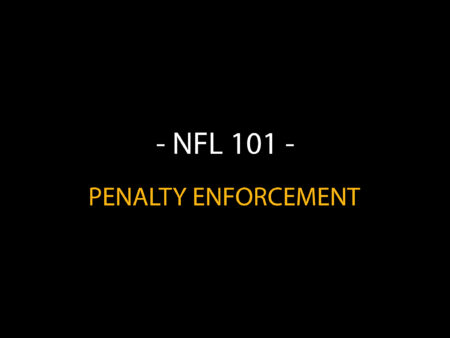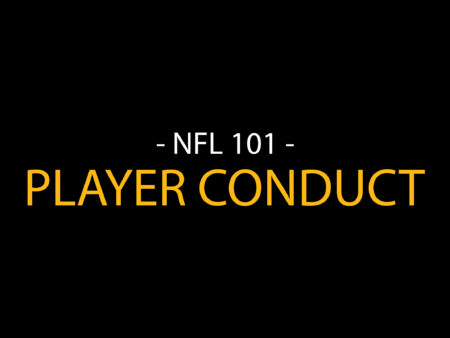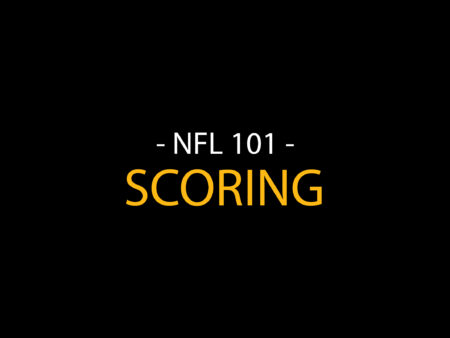In today’s session on the NFL 101, we’ll tackle the nuances of NFL scrimmage kicks, including punts, drop kicks, and placekicks from scrimmage positions. Let’s break it down without dropping the ball!
Ready, set, hike!
Section 1: Kick from Scrimmage
Kick On or Behind Line of Scrimmage
The Setup:
Team A can punt, drop kick, or placekick from on or behind the line of scrimmage. Think of it as their strategic kick-start behind their own magical line.
The Penalty:
- Kicking beyond this line? That’s a no-no! Loss of down and five yards back from where you kicked it. It’s like taking one step forward and five yards back!
- Second kick attempt after the ball crosses the line and returns? Still a loss of down and a march back five yards from the original spot.
Fun Fact:
Even if it feels like multi-tasking, a second kick from behind the line is legal as long as the ball hasn’t played tourist across the line and returned.
Team Formation During Kick
For the Kicking Team:
Only the players at the ends (think bookends on a shelf) or a player set back more than a yard from these ends can wander past the line before the ball is kicked. Everyone else, stay put!
Penalty Jam:
Moving too soon? That’s a 5-yard penalty for being overly eager!
Defensive Team Formation
The Punt Formation Special:
- Positioning: Opponents can’t cozy up directly next to the snapper—they need to give space equivalent to the snapper’s shoulders.
- No Shoving: Pushing a teammate to block the kick? That’s a sportsmanship no-no! 15 yards for unsportsmanlike behavior.
Field Goal or Try Kick Formation:
- Player Limits: No more than six players can line up each side of the snapper. It’s like having a balanced diet on the line.
- Stay Grounded: Again, no pushing teammates!
Exceptions Apply:
If the formation isn’t standard, or there’s some pre-snap motion, these restrictions relax a bit.
Section 2: Touching a Scrimmage Kick
Touching Behind the Line
If Team A player touches the ball behind the line, it’s all legal, no matter the ball’s scenic route.
First Touching Beyond the Line
What is First Touching?
When a scrimmage kick lands beyond the line and a kicking team player is the first to touch it—that’s a no-go unless the receiving team touched it first.
Options for the Receivers:
They can take the ball where it was first touched or where the play ended, unless they decide to accept a penalty happening elsewhere on the play.
Section 3: Catch or Recovery of a Scrimmage Kick
Kickers Catch or Recover Behind Line
If the kicking team grabs the ball behind the line after it danced across and back, they can keep going! It’s like catching your own pass in a do-it-yourself play.
Kickers Catch or Recover Beyond Line
Caught beyond the line? Play’s over right there. If it’s in the end zone and the receiving team touched it first, that’s a big six points!
Section 4: Ball Adventures Beyond the Line
Ball Crosses Receivers’ Goal Line
If the kick sends the ball into the end zone and it’s not touched back into the field or by the receiving team, that’s a touchback—think of it as a reset button to the 20-yard line.
Touchdown, Maybe?
If the kickers recover it in the end zone after some touching, that’s a touchdown—turn that celebration dance on!
Goal Post Shenanigans
- Receivers’ Goal Post: If a try or punt hits the post, rules of missed goals or punts apply.
- Kickers’ Goal Post: Hits here? That’s a safety—oops!
Diving Deeper: Where Rules Meet Grass
In scrimmage kicks, where the ball lands and who touches it first can flip possession like a pancake. Whether it’s bouncing into the end zone for a touchback or being recovered for a sudden touchdown, every yard and every touch counts in NFL football.
Keep this guide handy, and next time you’re watching the field, you’ll not just see the chaos—you’ll see the strategy, the precision, and maybe, just maybe, you’ll predict that next game-changing kick!











